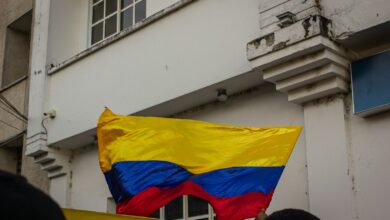Gallery: Countries that Use Foreign Currencies
Several countries around the world have chosen to give up their national currency and have adopted currencies from other countries .

Photo: Pexels
LatinAmerican Post | Santiago Gómez Hernández
Escucha este artículo
Leer en español: Galería: Países que usan monedas extranjeras
The national currency is not only a symbol of identity for the nation where famous people, phrases and iconic places can be placed. Coins also represent and give monetary sovereignty. Countries normally manage the printing or production of money in order to raise or lower prices and surf within international economic phenomena.
You can also read: 6 Investment Options with Little Money
However, and due to different reasons, many countries have had to or have picked to use international currencies. In addition to the hard currencies that circulate and are used informally (such as Venezuela and the US dollar), there are other countries that do not officially have a national currency.
One of the main reasons why a country adopts an international currency is the effect that comes after hyperinflationary phenomena. When they give up their monetary sovereignty, they lose responsiveness, but they gain monetary stability that allows them, for example, to save more safely. The most representative case in the world is Zimbabwe, which came to print 100 billion Zimbabwean dollar bills. This is why the currency of the United States began to be used. Although an attempt was made a couple of years ago to reintroduce the local currency, today the US dollar is once again the de facto currency.
There are other national currencies that keep a strict exchange rate with other international currencies. This, in practice, ends up being like using another currency, since despite the fact that there is a different currency, they do not have autonomy in monetary policy. A close example is that of Panama, where the Balboa is strictly related to the dollar.














